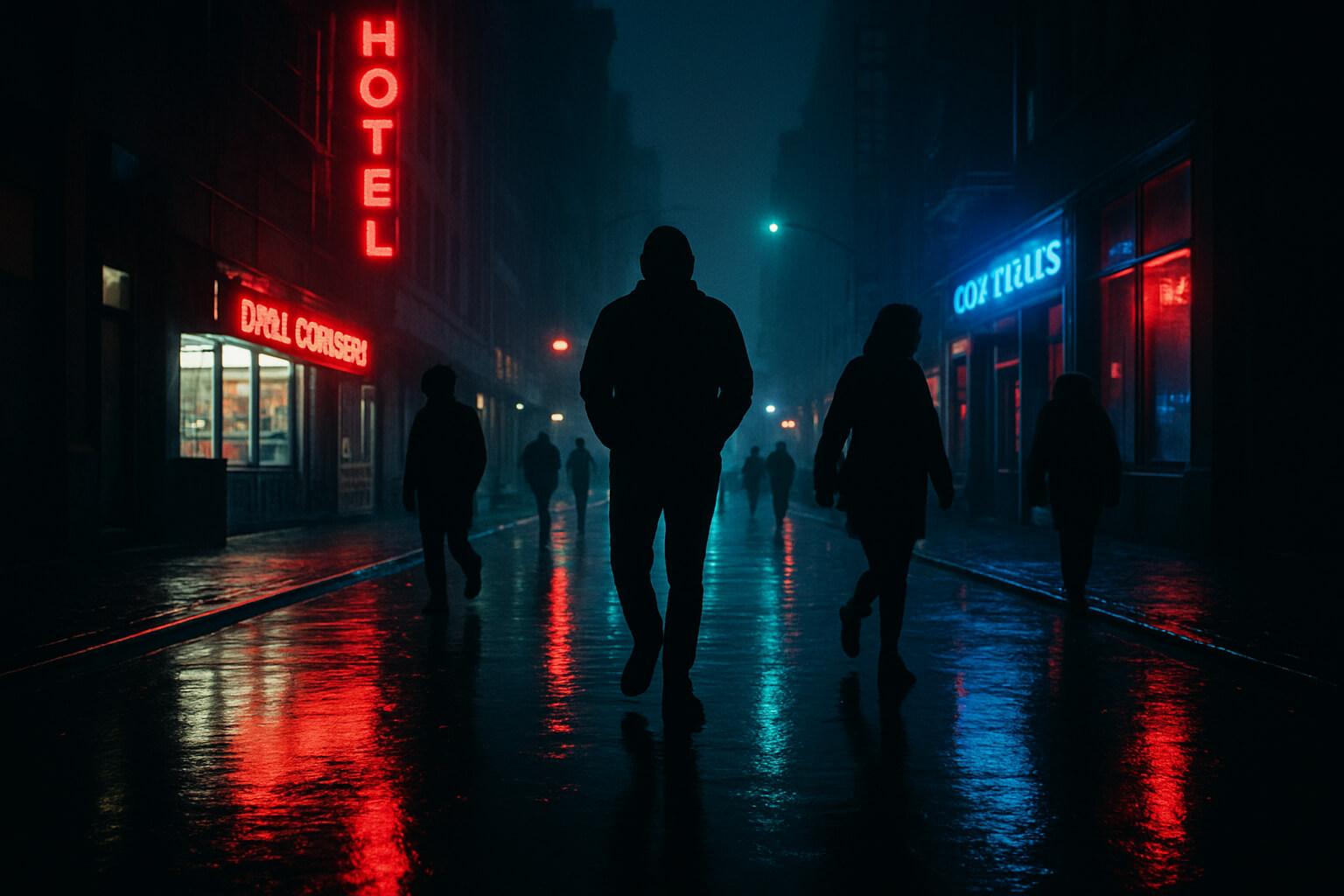May 30, 2025

Street photography at night is a unique blend of technical skill and visual poetry. When the sun sets, the streets become a stage of flickering neon, passing shadows, and untold human stories. While low light may pose a challenge, it also unlocks an opportunity for deeper mood, contrast, and emotion that’s hard to replicate in daylight.
This guide breaks down everything you need to know—from gear and camera settings to creative techniques and post-processing—so you can confidently document the night in your own visual language.
In night photography, gear matters—especially your camera’s ability to perform in low light. Look for a setup that offers:
Ideal options include:
If you’re just getting started and unsure where to begin, check out this curated list of the best cameras for professional photography beginners in 2025—perfect for building your nighttime photography toolkit on a budget.

Shooting in manual mode at night may seem intimidating, but it gives you complete control over exposure and creative direction.
Recommended starting settings:
Post-processing helps refine these shots. Discover the best tools in this guide to photo editing apps in 2025 for pro-level results on desktop or mobile.
Night scenes are all about using ambient light sources as your creative allies. Think like a cinematographer: position your subject where existing light creates impact.
Light to work with:
Need ideas for working with more controlled lighting environments? Explore this beginner’s guide to artificial and studio lighting for future projects.

In night time street photography, digital noise and motion blur aren’t always problems—they’re creative tools. Use grain to add grit and emotion, and let motion tell a story. A streak of passing lights or a blurred figure crossing the street can evoke movement and life.
This artistic approach aligns closely with experimental techniques like those in RocketPages' double exposure photography guide, where layered meaning often emerges from imperfection.
While city lights and architecture can be visually striking, the soul of night street photography lies in people and moments. Look for emotion, action, or contrast—small gestures or interactions that speak volumes:
These are the details that transform photos into stories.

Shooting in RAW is essential—it gives you flexibility when adjusting exposure, color, and contrast later on.
Key post-processing adjustments:
Understanding the difference between color correction and color grading will help you make targeted, intentional edits.
Need to clean up clutter or distractions in your composition? Use these smart tools for removing unwanted objects from photos to perfect your final image.
Night photography often means working in less crowded, dimly lit areas. Here are some practical safety tips:
Staying low-profile isn’t just safer—it also helps you blend in, making it easier to capture candid moments naturally.
If your shots turn out great and you want to start selling them, explore this list of the best photo-selling websites in 2025 or learn how to sell your photos online for passive income.
Nighttime street photography is all about seeing what others overlook—the quiet moments between the chaos, the glow in the dark, and the stories written in light and shadow.
It demands patience, awareness, and creativity, but the rewards are rich: cinematic frames, emotional depth, and a stronger artistic voice.
So grab your camera, step into the night, and let the streets reveal their secrets—one frame at a time.
Stay up to date with the newest tips, gear reviews, and step-by-step guides to elevate your photography journey from home and beyond.